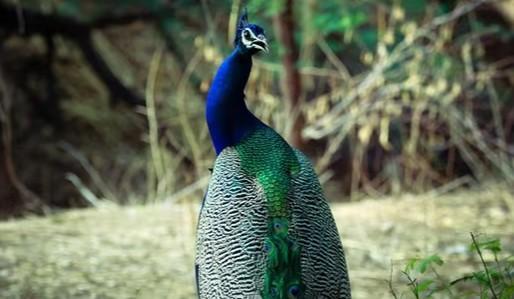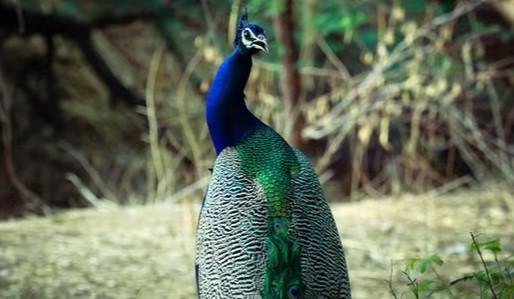
After tigress, cubs & monkeys, 20 peacocks die in K’taka: Report
In a bizarre and disturbing series of events, the picturesque Hanumanthapura village in Karnataka has witnessed a spate of unnatural deaths among its wildlife population. Following the tragic deaths of a tigress and her four cubs, as well as a number of monkeys, a latest report has revealed that no fewer than 20 peacocks have been found dead on a farmland in the same region.
The news of these latest fatalities has sent shockwaves through the local community, with many residents expressing concern and alarm at the rapid decline in the local wildlife population. According to reports, the peacocks were discovered dead on a farmland, with officials from the forest department rushing to the scene to inspect the area and collect the carcasses for further examination.
The cause of death is yet to be determined, but experts believe that the likelihood of natural causes is low, given the unusual number of fatalities and the suddenness of the event. As such, officials from the forest department are working closely with wildlife experts to determine the underlying reasons behind this tragic sequence of events.
The recent spate of deaths in Hanumanthapura village is just the latest in a series of mysterious and disturbing incidents to have occurred in the region. Earlier this month, a tigress and her four cubs were found dead in the Male Mahadeshwara Hills, with the Karnataka forest minister, Eshwar Khandre, ordering an investigation into the “unnatural death” of the animals.
The investigation into the deaths of the tigress and her cubs is ongoing, with officials working to determine the cause of the fatalities. However, the latest report of 20 peacocks dying in the same region has raised fresh concerns about the health and well-being of the local wildlife population.
Wildlife experts have expressed alarm at the rapid decline in the local wildlife population, with many pointing to the increasing presence of human settlements and agricultural activity in the region as a major contributing factor. “The encroachment of human settlements and agricultural activity into wildlife habitats is a major concern,” said a local wildlife expert. “It’s not uncommon for animals to come into conflict with humans, but the rapid decline in the local wildlife population is a clear indication that something is amiss.”
The deaths of the tigress, her cubs, and the monkeys in Hanumanthapura village have sent shockwaves through the local community, with many residents expressing concern and alarm at the rapid decline in the local wildlife population. The latest report of 20 peacocks dying in the same region has only added to the growing sense of unease and worry among local residents.
As the investigation into the deaths of the peacocks and other animals continues, wildlife experts are calling for greater efforts to be made to protect the local wildlife population. “It’s essential that we take immediate action to protect the local wildlife population,” said a local wildlife expert. “This means not only investigating the cause of the recent fatalities but also taking steps to address the underlying issues that are contributing to the decline in the local wildlife population.”
In conclusion, the recent spate of unnatural deaths among the wildlife population in Hanumanthapura village is a clear indication that something is amiss. As the investigation into the deaths of the peacocks and other animals continues, it is essential that wildlife experts and officials work together to determine the cause of the fatalities and take steps to protect the local wildlife population. Only by taking swift and decisive action can we hope to prevent further tragedies and ensure the long-term survival of the region’s unique and precious wildlife.



